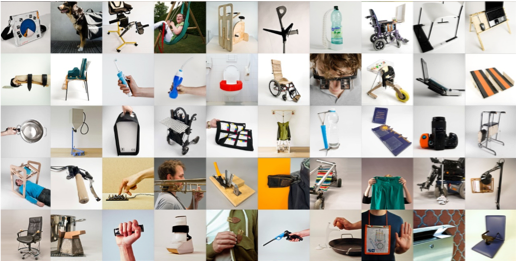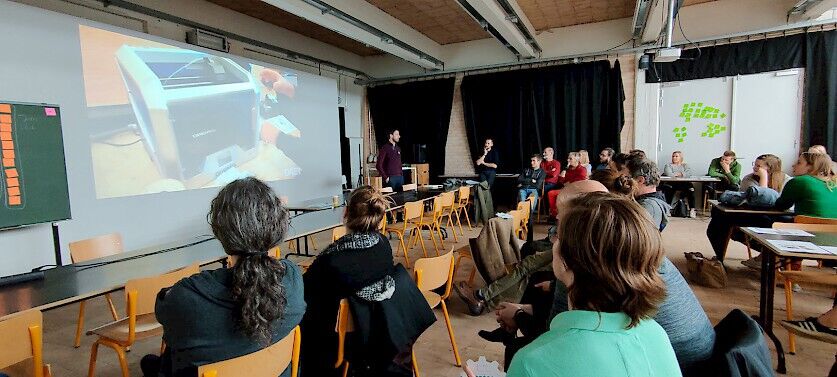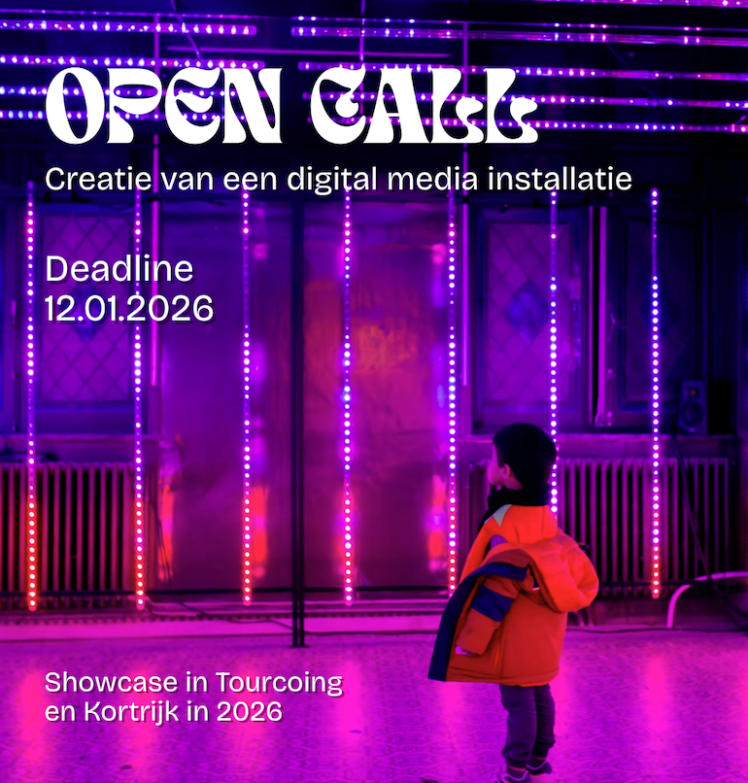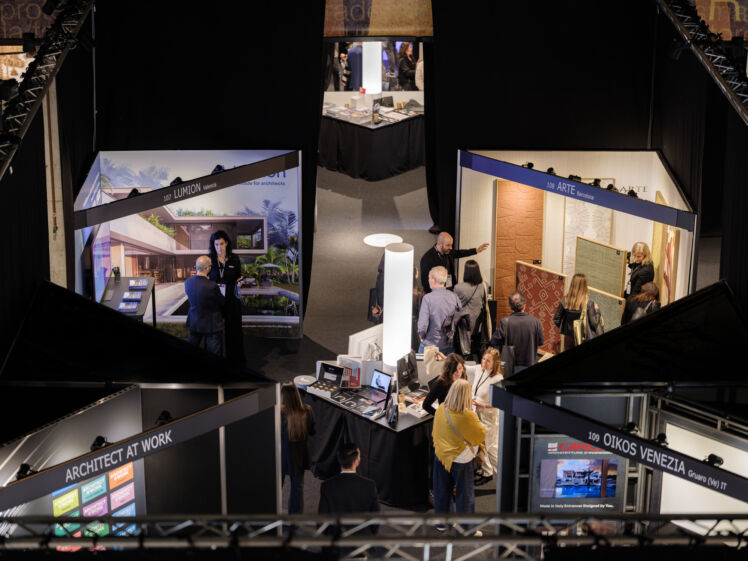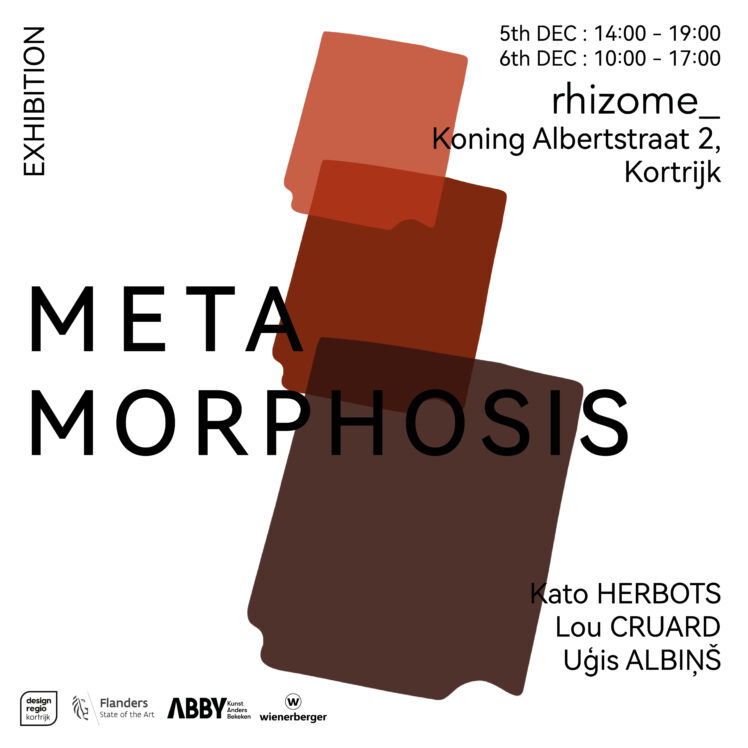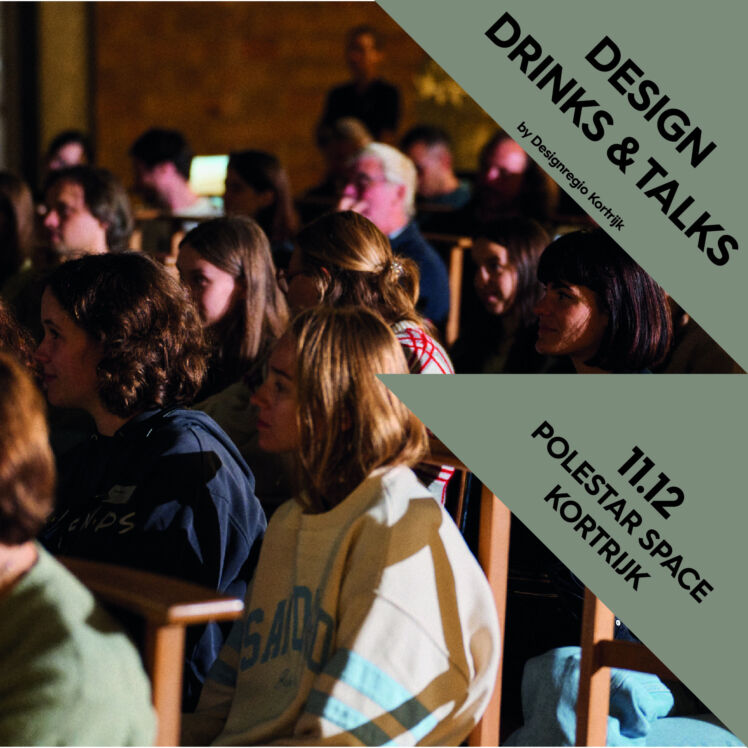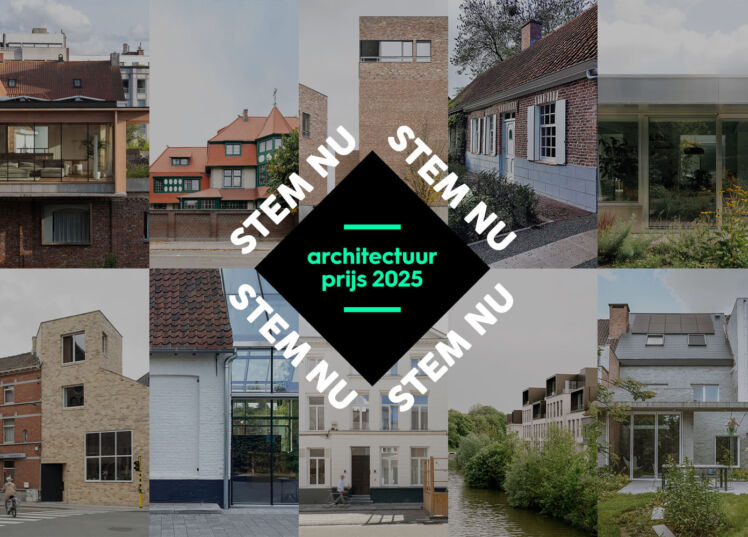
MakeAbility
In the context of MakeAbility 2020, we interview Stan Dewaele, head of the BUDA::lab.
The BUDA::lab does a lot of activities. You are now working on the second year of MakeAbility, what exactly does this mean?
In the MakeAbility project no less than 14 personalised tools are made for people with a specific need. Ranging from an aid to play sitting volleyball for Joyce to a plectrum for Rik who has lost strength in his right half. On Tuesday 18/02 we gave the kick-off of the project where all cases were presented.
How did this project originate and grow?
For years, Design for (every)one (D4E1), an interdisciplinary living lab of Howest, has been looking for new tools for people with a disability. They do this, for instance, by making a link between occupational therapy students and industrial product design students. Currently, the demand for personalised tools exceeds the supply they can offer with the Howest Living lab project in its current form. The supply is mainly limited by the timing of the academic calendar on the one hand and the number of participating ERGO and IPO students on the other. From here, a collaboration between the BUDA::lab and residential care centre H. Hart has emerged with the aim of scaling up the D4E1 operation to a self-organising community by connecting makers, occupational therapists and citizens with disabilities.
Who will be involved in this project?
Everyone knows someone with a disability where daily activities are difficult or painful. It is for such people that makers are called in to create a tailor-made solution for them. Take Magda, for example, who has a neglect condition that prevents her from focusing on her left side of the visual field. Playing games, such as Rumikub or Scrabble, with the other residents of the care centre is no longer possible. Magda avoids social contact and is much more on her own. Within MakeAbility, we, the occupational therapy students and the makers are looking for a solution. Perhaps in the form of a mirror to widen her field of vision or perhaps by installing a trigger on her left side so that she is more inclined to look at that side. For this 2nd edition, we have 14 such cases.
On the other hand, everyone who is also a "handy harry". The BUDA::lab already has a large number of creators. Some are more "inventors" others can do a very specific production technique, everyone can get started in this project. With the BUDA::lab we also support this project with our machinery: makers can use the 3D-printers, lasercutter, welding equipment, wood workshop, ... Interested makers are more than welcome 24 and 25 February in the BUDA::lab for more explanation and information about the different cases!
Where can you see the results?
Throughout the project, the BUDA::lab serves as a base. This is where Occupational Therapy students (with the teachers of D4E1), the makers and the person in need of help come together. There is a large project wall where all projects are visible. At the end, in June, the Industrial Design Center of Howest will make a big expo with all the solutions.
